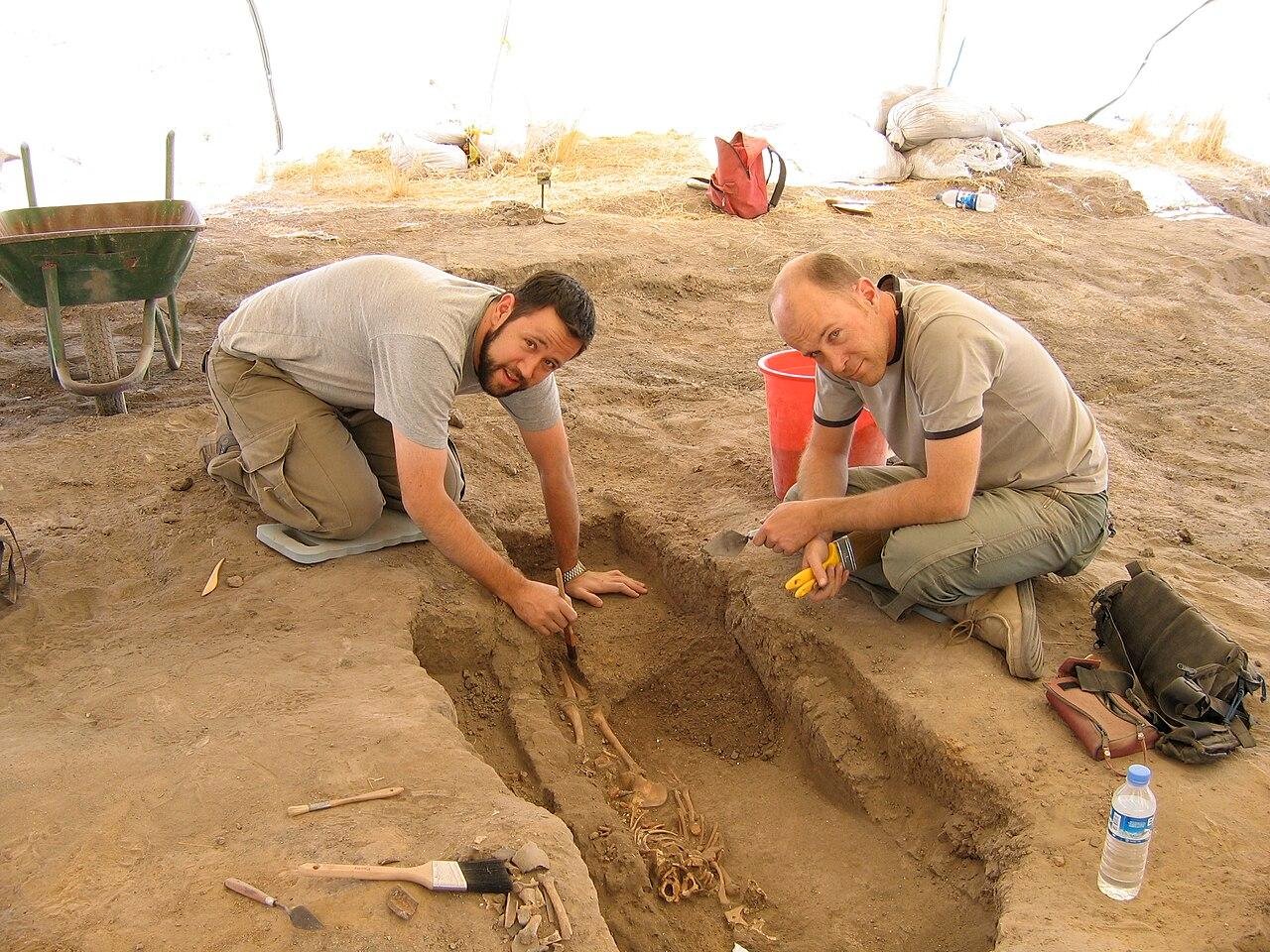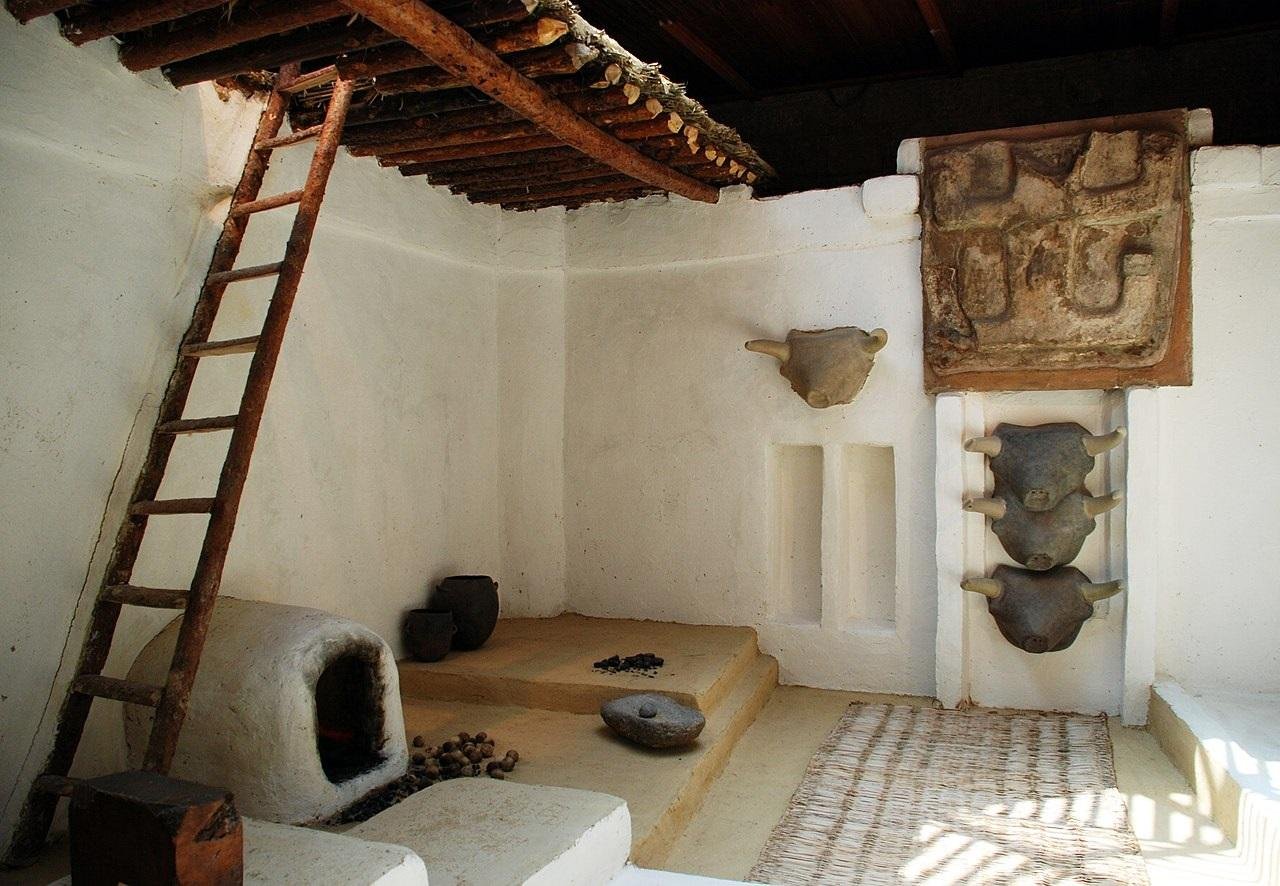Recent genetic research has shed light on the social structure of Çatalhöyük, a large Neolithic settlement in the center of Turkey that flourished over 9,000 years ago. A study published in Science confirms long-standing speculations that women were at the center of this ancient society, the oldest known society for which a female-centered social structure is supported by DNA.
 Ruins of Çatalhöyük. Credit: Murat Özsoy / CC BY-SA 4.0
Ruins of Çatalhöyük. Credit: Murat Özsoy / CC BY-SA 4.0
Çatalhöyük, located near Konya, was occupied from about 7100 to 6000 BCE. This proto-city, famous for its rooftop-accessed mudbrick homes, elaborate murals, and female figurines, once had thousands of residents on its 32.5-acre expanse. Archaeologists have long debated whether the settlement was matriarchal, a notion first speculated by British archaeologist James Mellaart in the 1960s based on his interpretation of figurines that depicted female deities.
Now, thanks to the work of an international team of researchers led by Turkish geneticists Eren Yüncü and Mehmet Somel (Middle East Technical University, Ankara), archaeologist Eva Rosenstock (University of Bonn), and others, the ancient DNA of 131 skeletons has provided new insights into the social organization of the settlement. The data indicate that maternal lineage—rather than paternal—predominated in household organization.
 Seated goddess flanked by two felines, leopards or lionesses. Credit: Nevit Dilmen / CC BY-SA 3.0
Seated goddess flanked by two felines, leopards or lionesses. Credit: Nevit Dilmen / CC BY-SA 3.0
The analysis revealed that first-degree relatives were buried together beneath the same house floors, while more distant relatives were buried in nearby buildings. The intergenerational continuity of female lineages suggests that households were structured around mothers and their offspring.
 atalhöyük excavation, 2006: Archaeologists excavating a child burial. Credit: Dr. Colleen Morgan / CC BY 2.0
atalhöyük excavation, 2006: Archaeologists excavating a child burial. Credit: Dr. Colleen Morgan / CC BY 2.0
Even more compelling was the evidence of preferential treatment in burial customs. Genetic analysis revealed that girls and women received significantly more grave goods than males—up to five times as many.
In the 1990s, Stanford’s Ian Hodder, who took over excavation leadership, suggested Çatalhöyük was egalitarian. While that ᴀssumption is not entirely disproven, the new data place more emphasis on the fact that kinship and idenтιтy were made to flow through the maternal line—a managerial rule applied by some Indigenous Australian groups today, according to Dr. Eline ScH๏τsmans of the University of Wollongong.
 On-site restoration of a typical interior. Credit: Elelicht / CC BY-SA 3.0
On-site restoration of a typical interior. Credit: Elelicht / CC BY-SA 3.0
More evidence for continuity through the maternal line comes from the unearthing of two infant skeletons in the West Mound. Buried alongside each other, although not close relatives as DNA tests showed, they were still part of the same genetic pool as those found on the older East Mound. This demonstrates continuity, which implies uninterrupted occupation and social consistency across centuries.
As researchers explore the evolution of Neolithic societies, Çatalhöyük is a rare example of a matrilineal society. This finding illuminates not only the gender relations of Çatalhöyük but also raises bigger questions: How did such female-centered structures emerge or disappear over time elsewhere in Neolithic Europe and Western Asia?
More information: Yüncü, E., Doğu, A. K., Kaptan, D., Kılıç, M. S., Mazzucato, C., Güler, M. N., … Somel, M. (2025). Female lineages and changing kinship patterns in Neolithic Çatalhöyük. Science (New York, N.Y.), 388(6754), eadr2915. doi:10.1126/science.adr2915





